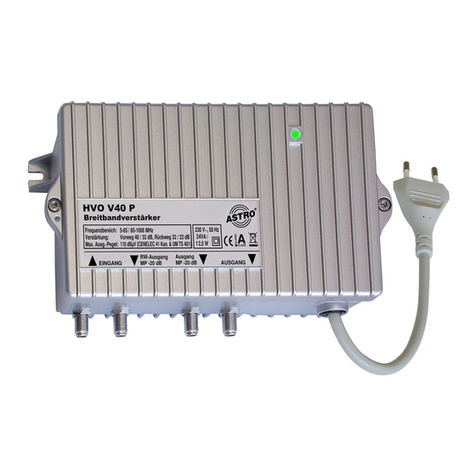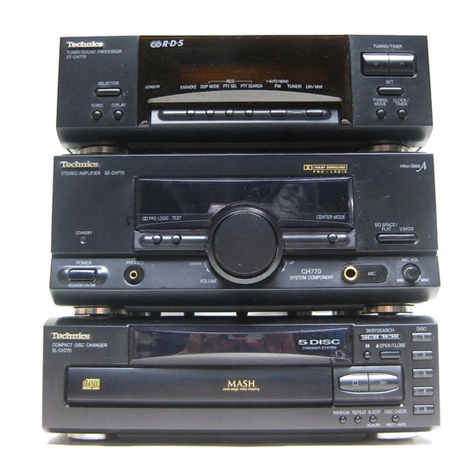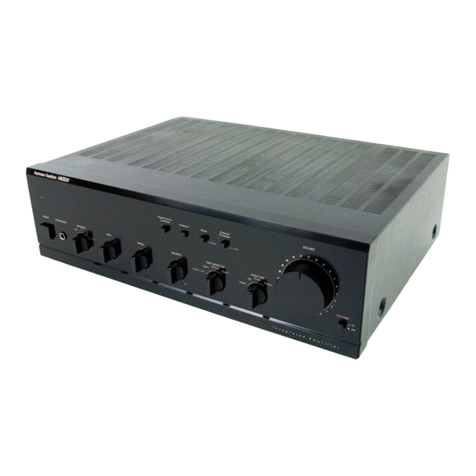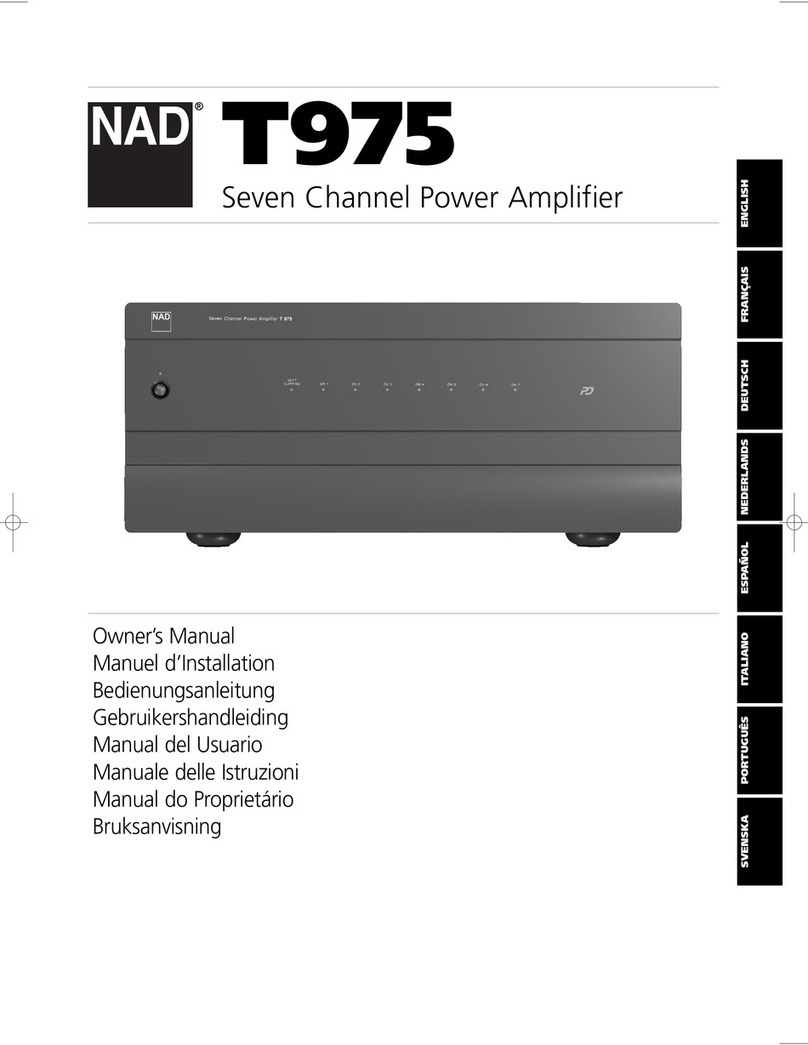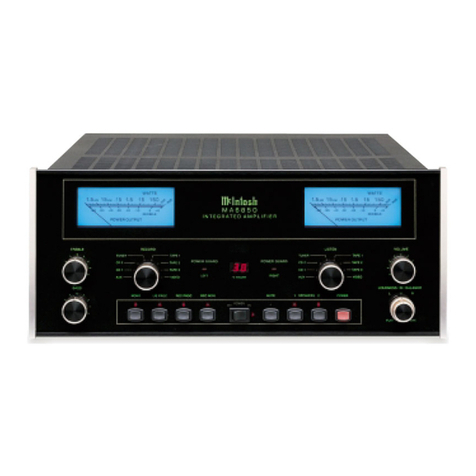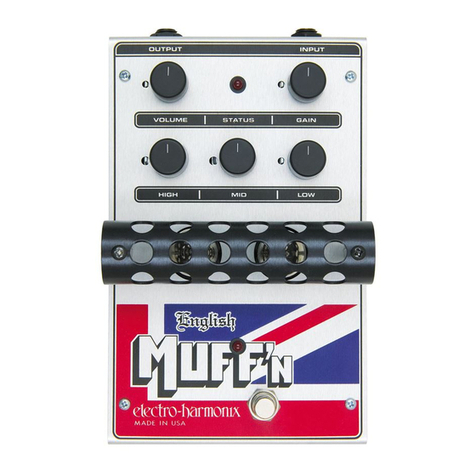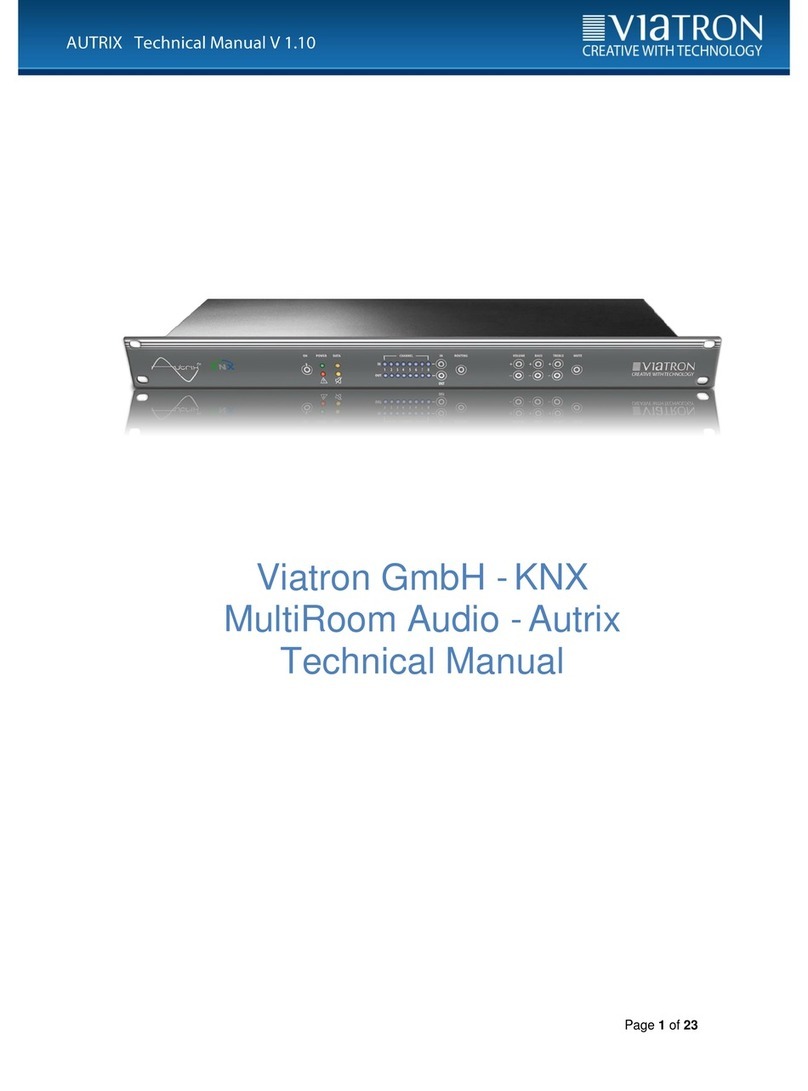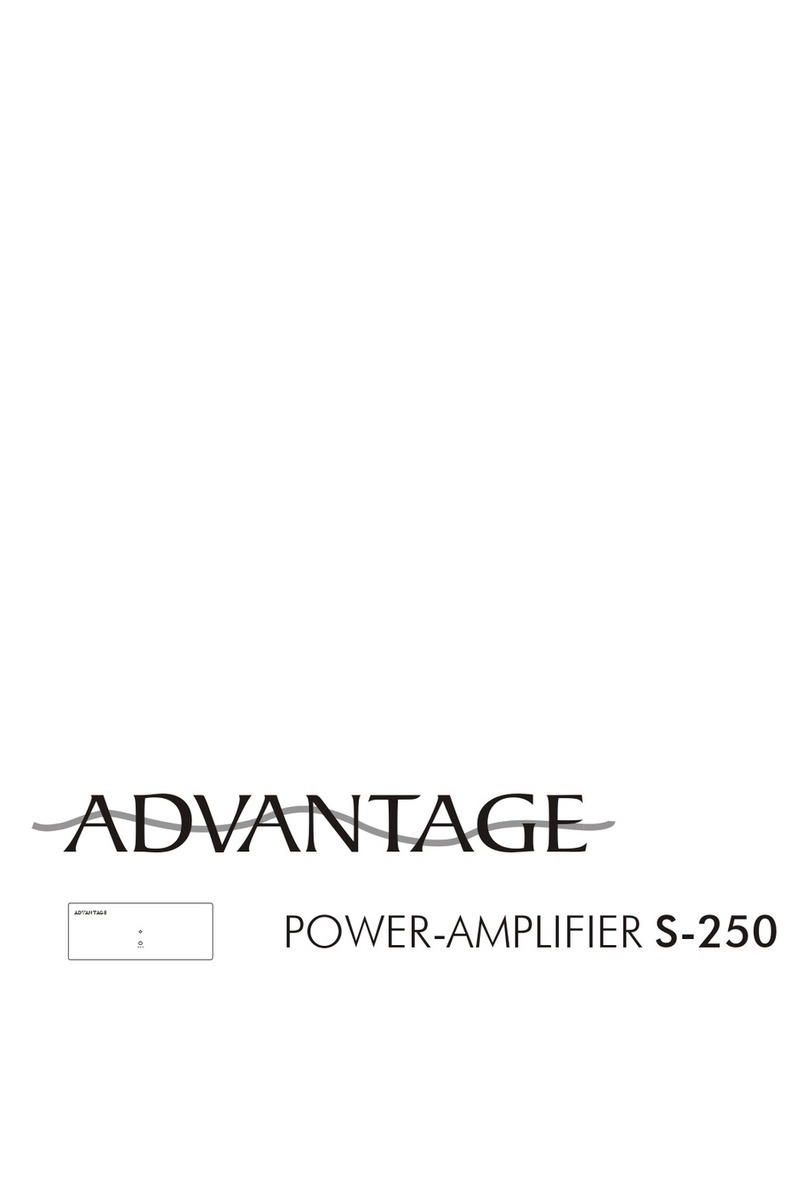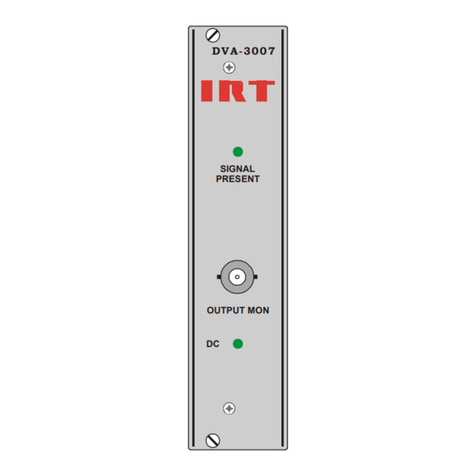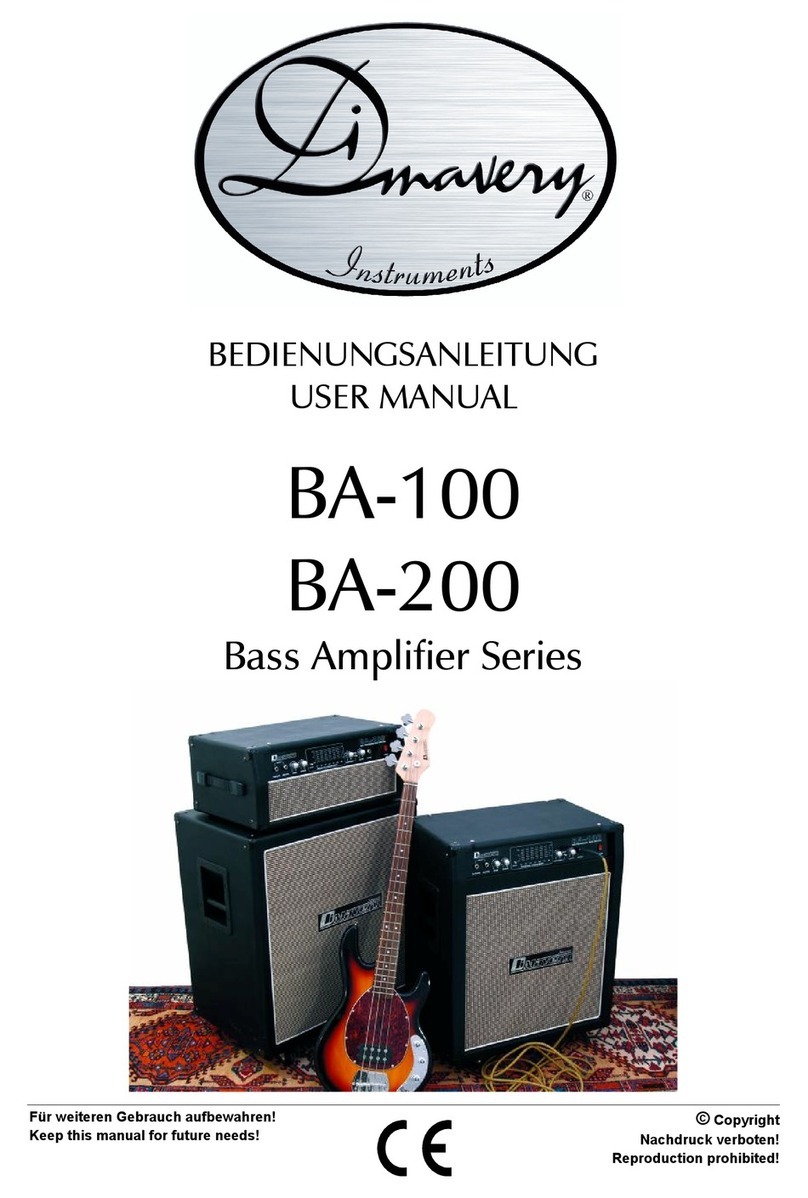
© NXP B.V. 2011. All rights reserved.
4. Required Equipment
In order to measure the evaluation board the following is necessary:
DC Power Supply up to 30 mA at 1.5 V to 2.85 V;
Two RF signal generators capable of generating an RF signal at the operating
frequency of 1575.42 MHz, as well as the jammer frequencies 850 MHz, 1713.42
MHz, 1850 MHz and 1851.42 MHz;
An RF spectrum analyzer that covers at least the operating frequency of 1575.42
MHz as well as a few of the harmonics, so up to 6 GHz should be sufficient;
“Optional” a version with the capability of measuring noise figure is convenient;
Amp meter to measure the supply current (optional);
A network analyzer for measuring gain, return loss and reverse Isolation;
Noise figure analyzer and noise source;
Directional coupler;
Proper RF cables.
5. Connections and setup
The BGU7008 GPS LNA evaluation board is fully assembled and tested. Please follow
the steps below for a step-by-step guide to operate the evaluation board and testing the
device functions.
1. Measure the cable- and directional coupler losses at the frequencies which are used
during the evaluation (1575 MHz, 850 MHz and 1850 MHz). These losses are used
to correct the measured power levels.
2. Connect the DC power supply to the Vcc, and GND terminals. Set the power supply
to the desired supply voltage, between 1.5 V and 2.85 V, but never exceed 3.1 V as it
might damage the BGU7008.
3. Jumper JU1 is connected between the Vcc terminal of the evaluation board and the
Ven pin of the BGU7008.
4. To evaluate the power on settling time ton and the power off settling time toff, it is
also possible to use a separate voltage on the Ven, eventually this voltage can be
supplied by a pulse generator. In this case jumper JU1 should be removed. The
definition of ton is the time from 10 % to 90 % of the maximum signal level and for
toff¬ the time from 90 % to 10 % of the maximum signal level.
5. Connect the RF signal generator and the spectrum analyzer to the RF input and the
RF output of the evaluation board, respectively. Do not turn on the RF output of the
Signal generator yet, set it to -40 dBm output power at 1575.42 MHz, set the
spectrum analyzer at 1575.42 MHz center frequency and a reference level of 0 dBm.
6. Turn on the DC power supply and it should read approximately 5mA.
7. Enable the RF output of the generator; the spectrum analyzer displays a tone of
around –25 dBm at 1575.42 MHz.Instead of using a signal generator and spectrum
analyzer one can also use a network analyzer in order to measure gain as well as in-
and output return loss.
8. For noise figure evaluation, either a noise-figure analyzer or a spectrum analyzer with
noise option can be used. The use of a 15 dB noise source, like the Agilent 364B is
recommended. When measuring the noise figure of the evaluation board, any kind of
adaptors, cables etc between the noise source and the evaluation board should be
avoided, since this affects the noise performance.
